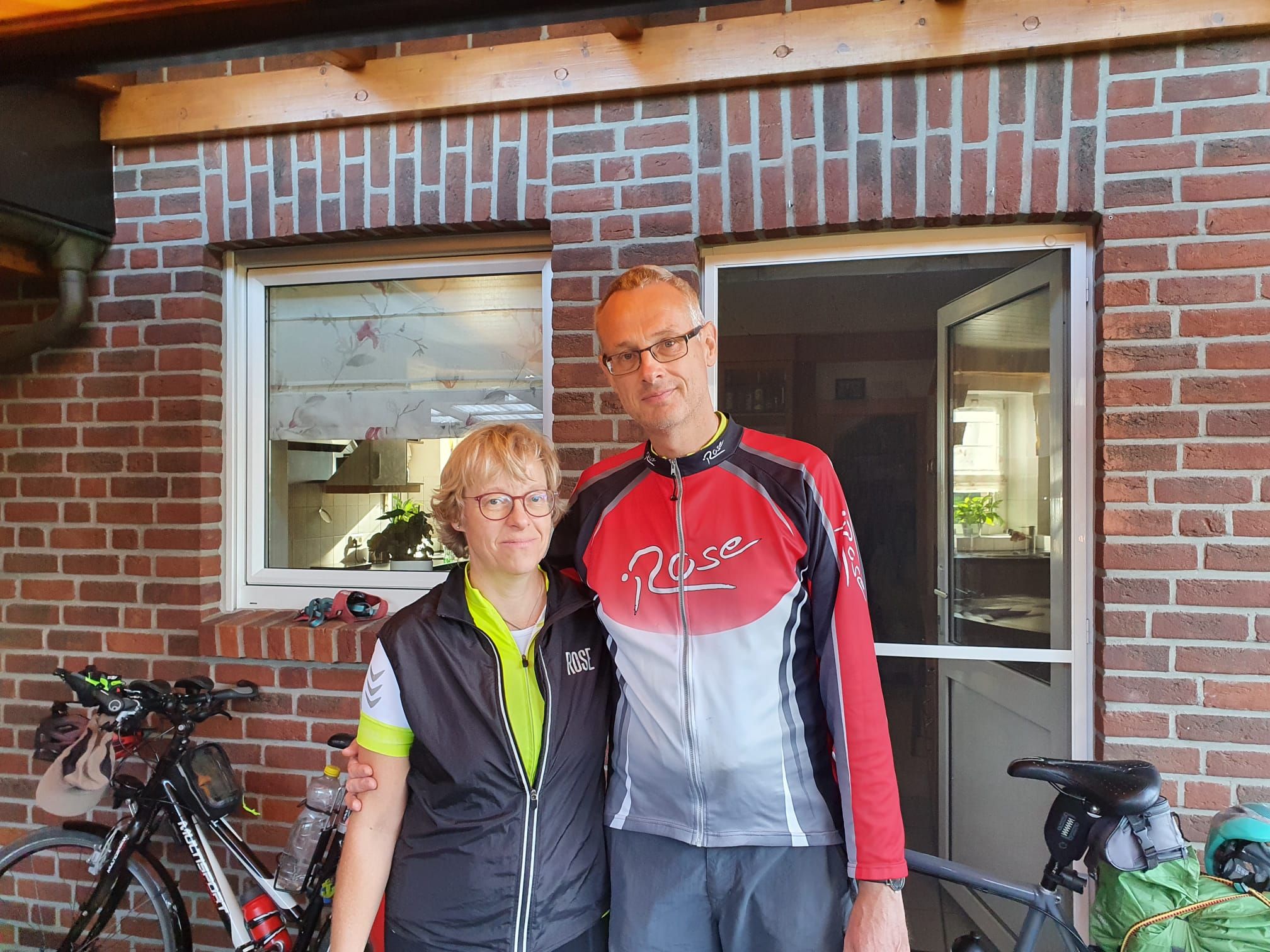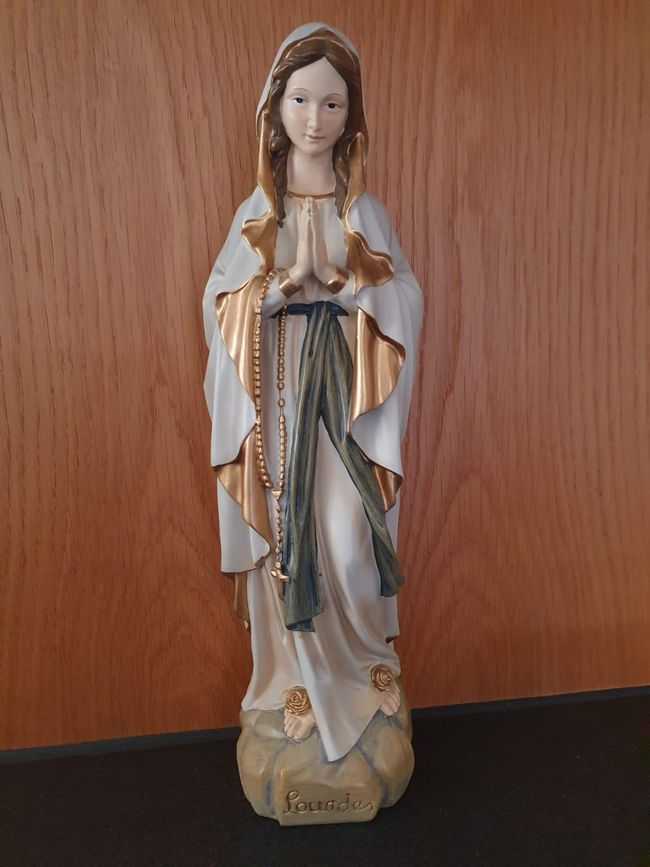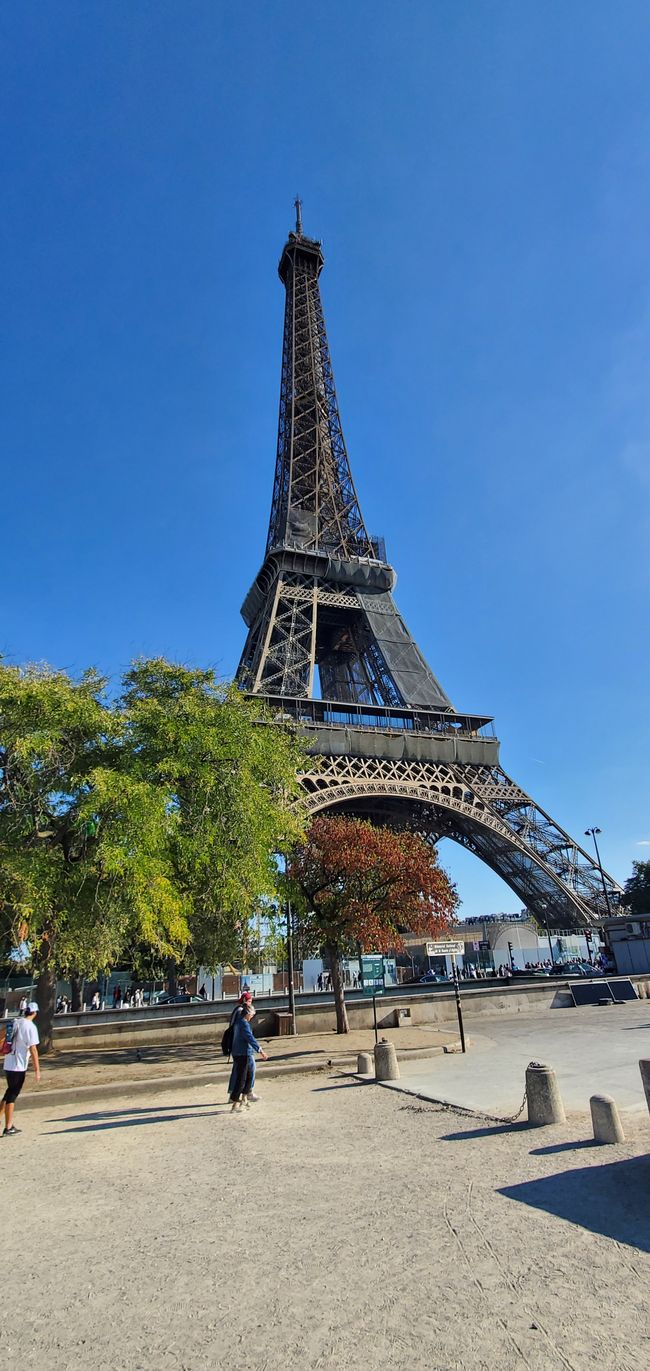Return journey
نشرت: 22.09.2022
اشترك في النشرة الإخبارية
Even the most beautiful journey here on earth comes to an end at some point. It is not possible to take the return journey by bike due to time constraints. How can bikes be transported while traveling? The best way is by car with a bicycle rack - we were able to do this three years ago on the return journey from Medjugorje.
By plane, it is very complicated and relatively expensive. The bikes have to be partially disassembled (handlebars, pedals, front wheel) and packed. It is suitable for road bikes, but trekking bikes with luggage racks, lowriders, etc. are difficult.
We are currently trying by train. The author is sitting on the TGV from Lourdes to Paris while writing these lines. Seats for the bikes need to be reserved, but that doesn't stop other passengers from putting heavy suitcases there despite clear signs, so the area has to be cleared by the train attendant. Wonderful chaos at the Lourdes train station!

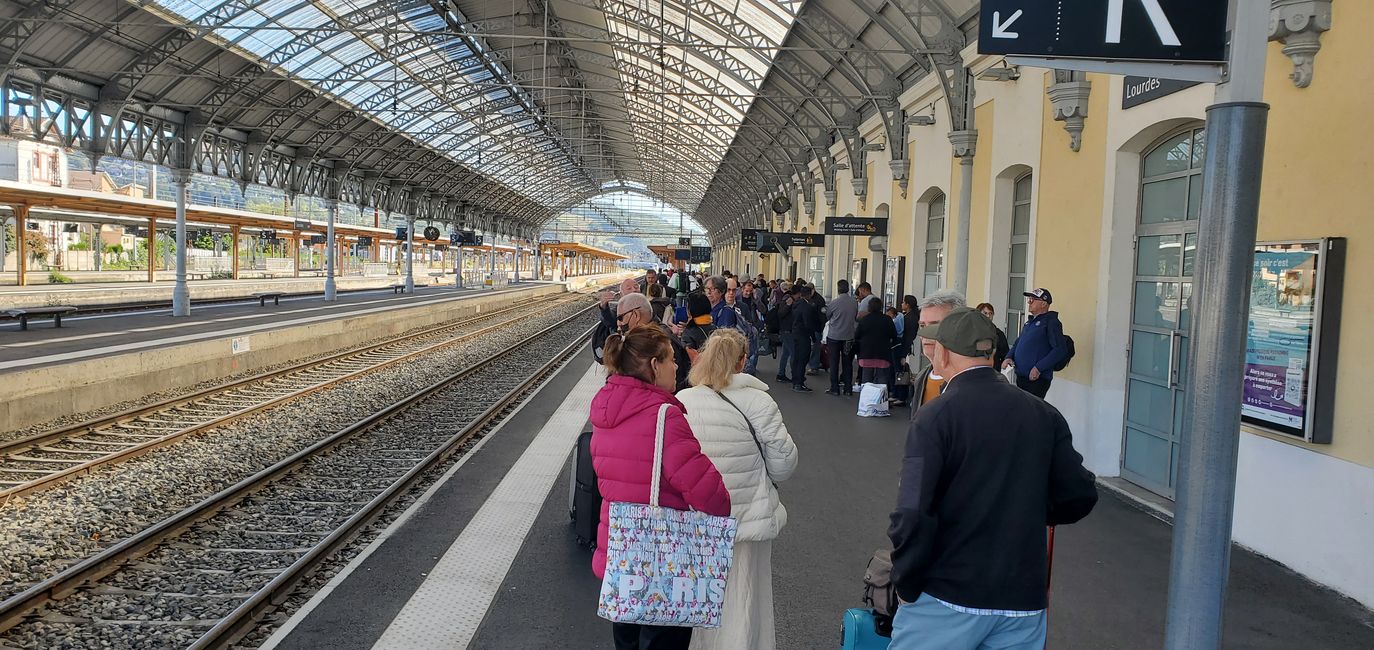
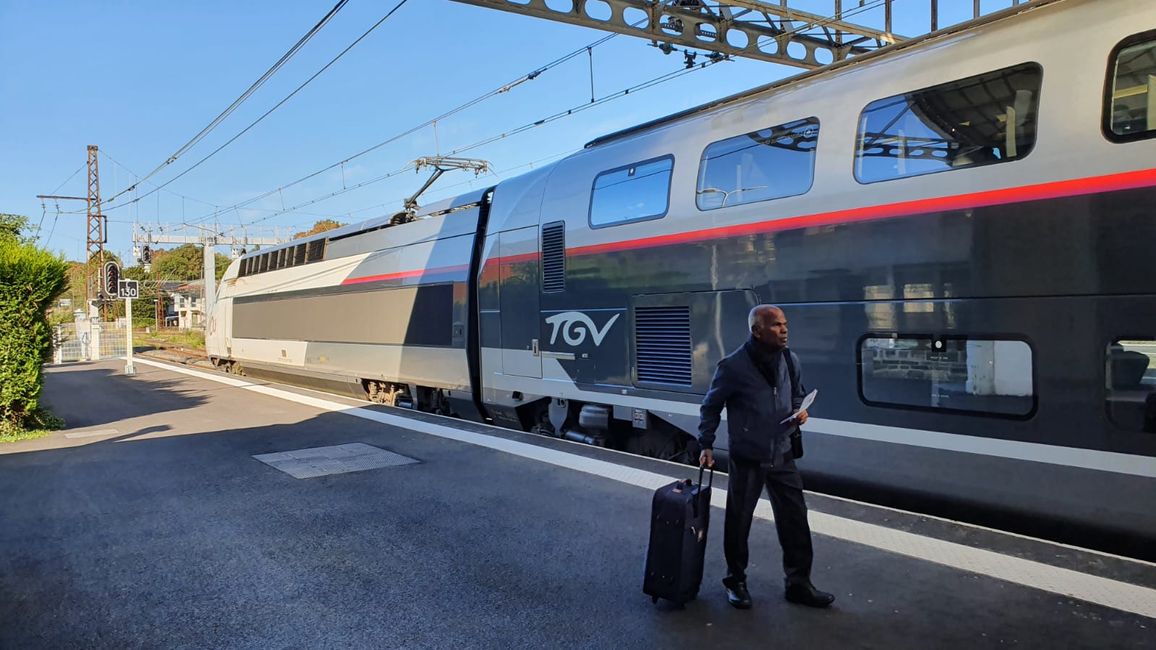
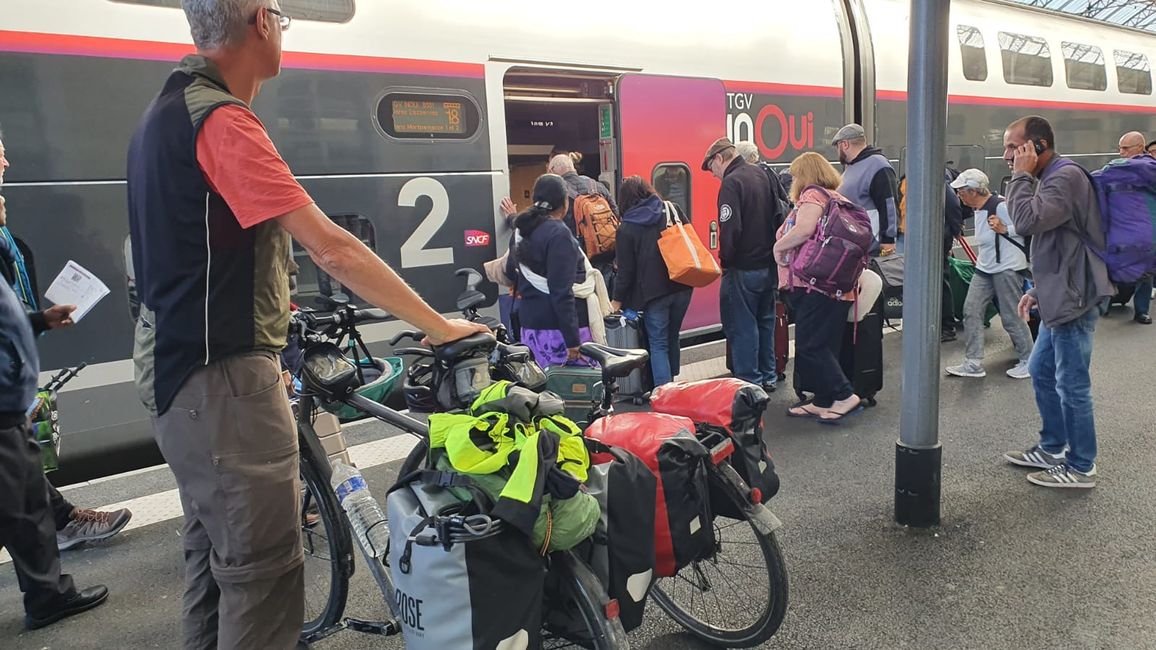
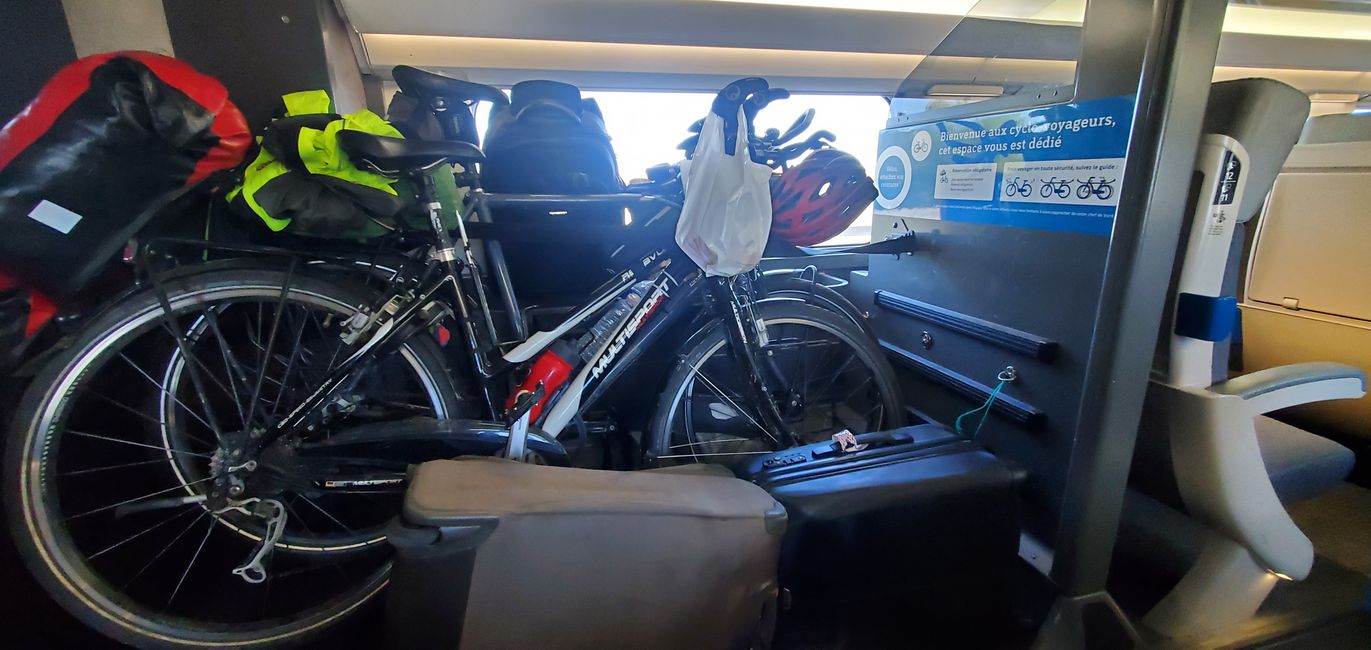
By the way, the train station is very clean and well maintained - when I think of Duisburg-HBF ...
Traveling by bus may also be an option, we will see tomorrow morning when we board the Flixbus in Paris...
In the morning, we said goodbye to the grotto and celebrated Holy Mass in the Adoration Chapel.
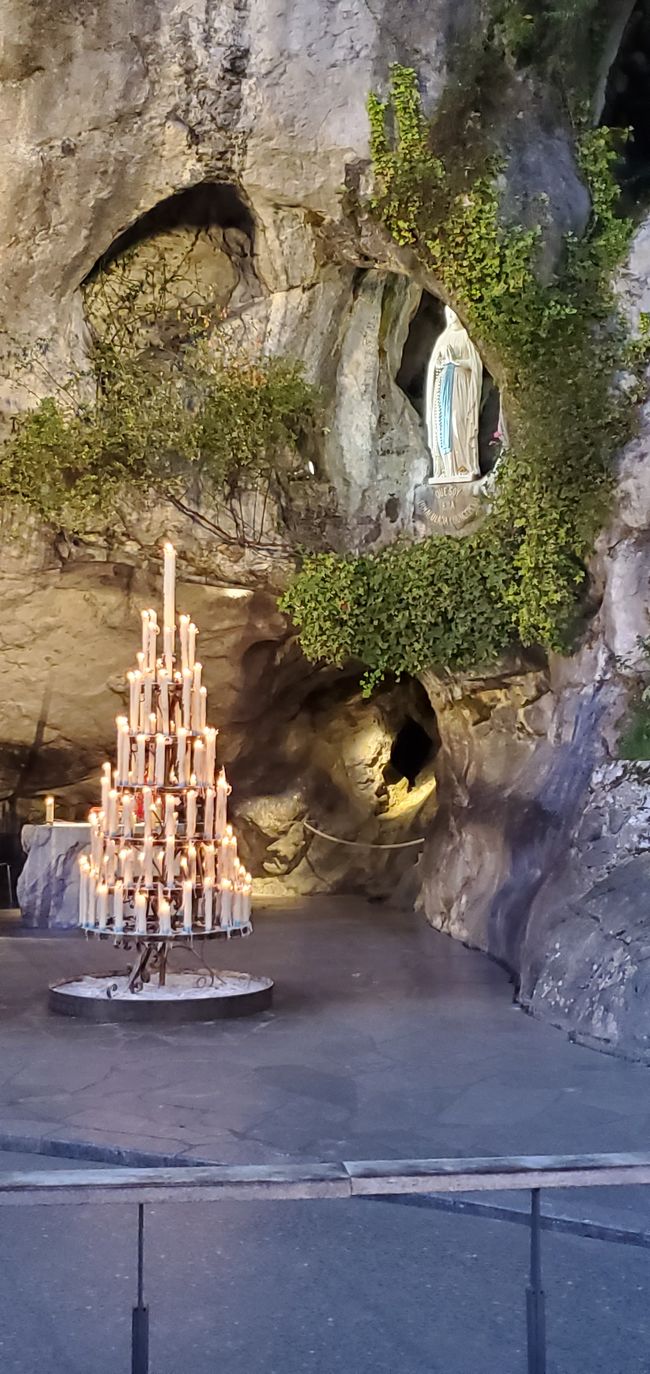
After breakfast at the hotel, it was time to pack the bikes and head to the train station. After considering several uncertainties that did not occur, we arrived there way too early. Eventually, the TGV arrived and the aforementioned suitcase chaos started.
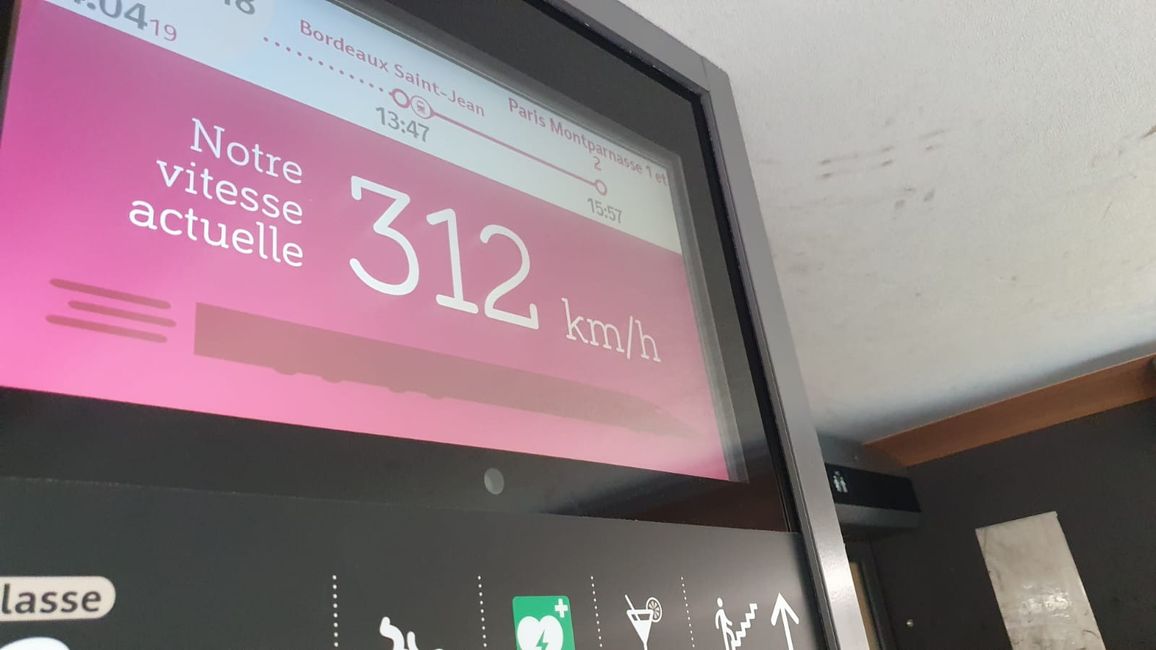
We traveled at a leisurely pace to Tarbes, then quickly to Bordeaux, and from there to Paris at a consistently high speed (from Bordeaux to Paris in about 2 hours).
When we got off at Montparnasse station, our 'cycling in Paris' adventure began, but - what can I say - Mönchengladbach-Rheydt is worse, much worse: in Paris, cyclists are allowed to use bus lanes, ride in one-way streets in both directions, and there are a variety of dedicated bike lanes (former car lanes) that can be used in both directions, with their own traffic lights; and there is a lot going on on these lanes: electric scooters, e-bikes, bicycles of all kinds. The cyclists in Paris have a typical French way of riding, meaning they only adhere to red lights when there is oncoming traffic. Just for completeness: curbs are lowered, there are hardly any edges, and the road surface is good to excellent. (This description refers to the areas where we were, I naturally don't know if it's the same in the faraway suburbs of Paris.) But maybe the city planners of Mönchengladbach-Rheydt should go on a trip to Paris (self-financed, as punishment for the current situation) and then develop and implement a plan in a cross-functional manner (that seems to be a problem for us) - without bureaucratic red tape ...




Dear reader, please excuse this digression, I will hurry up and get back to the topic; so Paris: it was, of course, only a short visit - as a result, 3...7 attractions were left out. We viewed the Eiffel Tower from the outside (by the way, it is corroding and therefore likely under renovation), had two espressos in a café for €8, took a walk on the Champ de Mars and resisted the strong urge to buy a 1:1500 scale replica of the 'Tour Eiffel' made of metal and China.
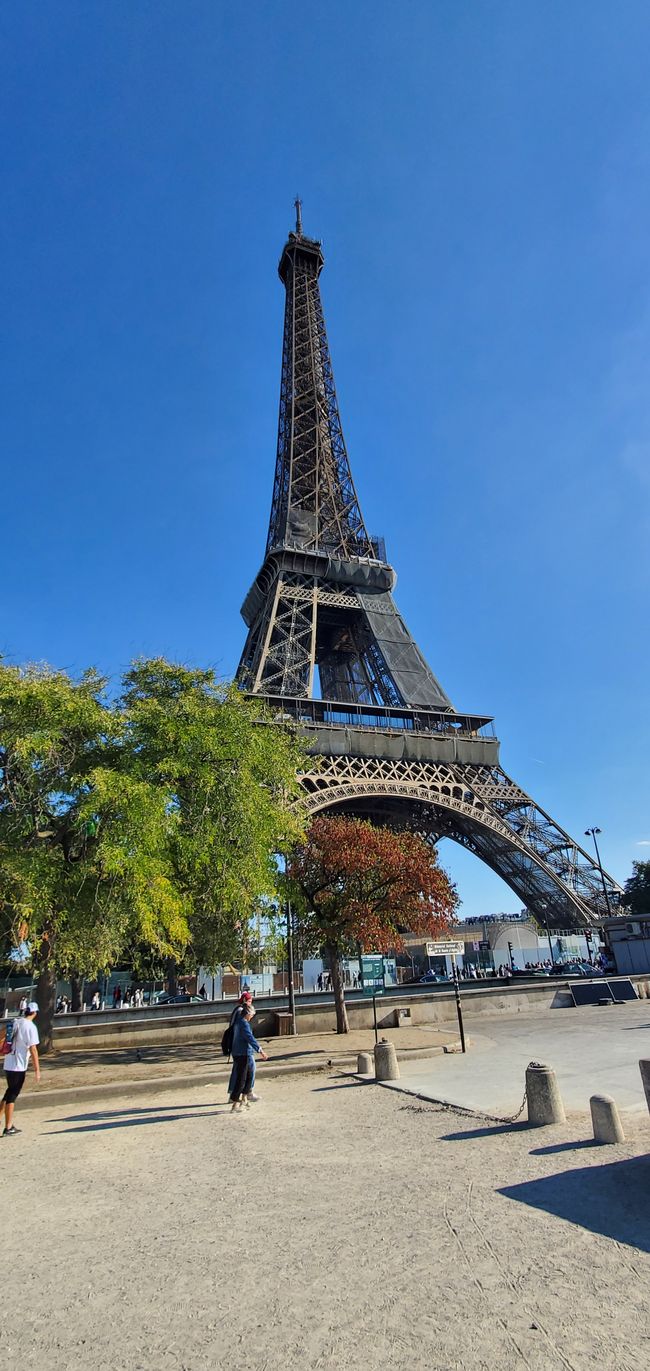
By the way - people speak German; not the French, but the tourists.
From there, we continued towards our accommodation, which was near the bus station in Paris-Bercy, where our bus home would depart from the next morning.
To make a long story short: we turned around at the booked 'Trendy hostel ivry' after a brief inspection of the rat droppings next to the reception desk and the information that bikes could only be stored outside on the street. Frustrated, we visited a very good and cheap snack bar nearby; the owner asked several times if we had locked the bikes parked outside and recommended a seat from which we could keep an eye on the bikes...
Now, finding accommodation in Paris in September in the evening at half past eight is not necessarily easy, especially since we had to be at the bus station on time the next morning, so a longer bike ride was not recommended. The internet only offered accommodations nearby in the higher three or four digits or stated that the hotels were fully booked.
The snack bar owner knew of a hotel nearby, which we visited first - fully booked. We were now in the 'Port d'Italie' area on the ring road. There are several hotels located there. Numbers 2 and 3 were also fully booked. In front of number 4, we sent a prayer up to the sky - and behold, the room for physically impaired people was (presumably the only one) still available - and had the advantage that the bikes could be stored there due to its size - thank God!


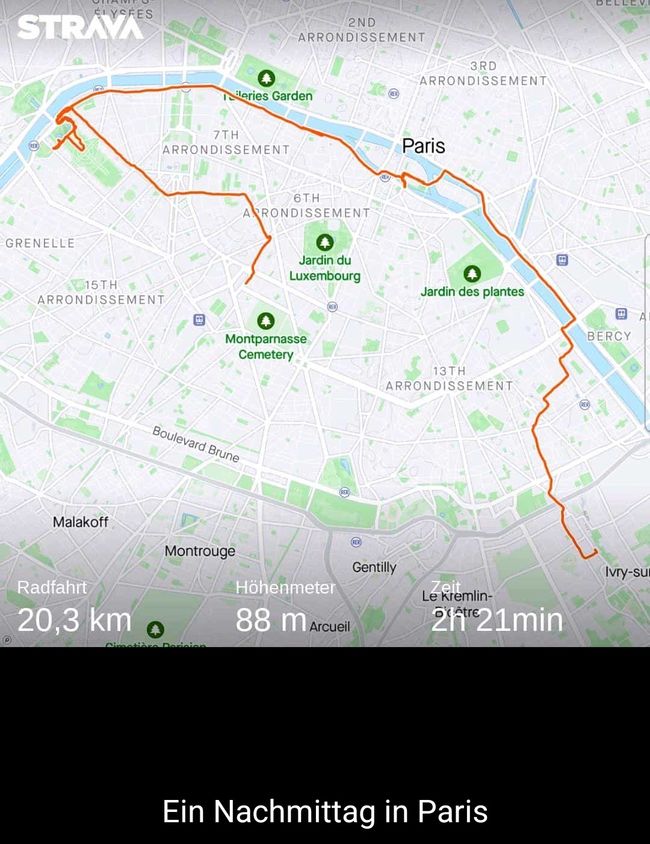
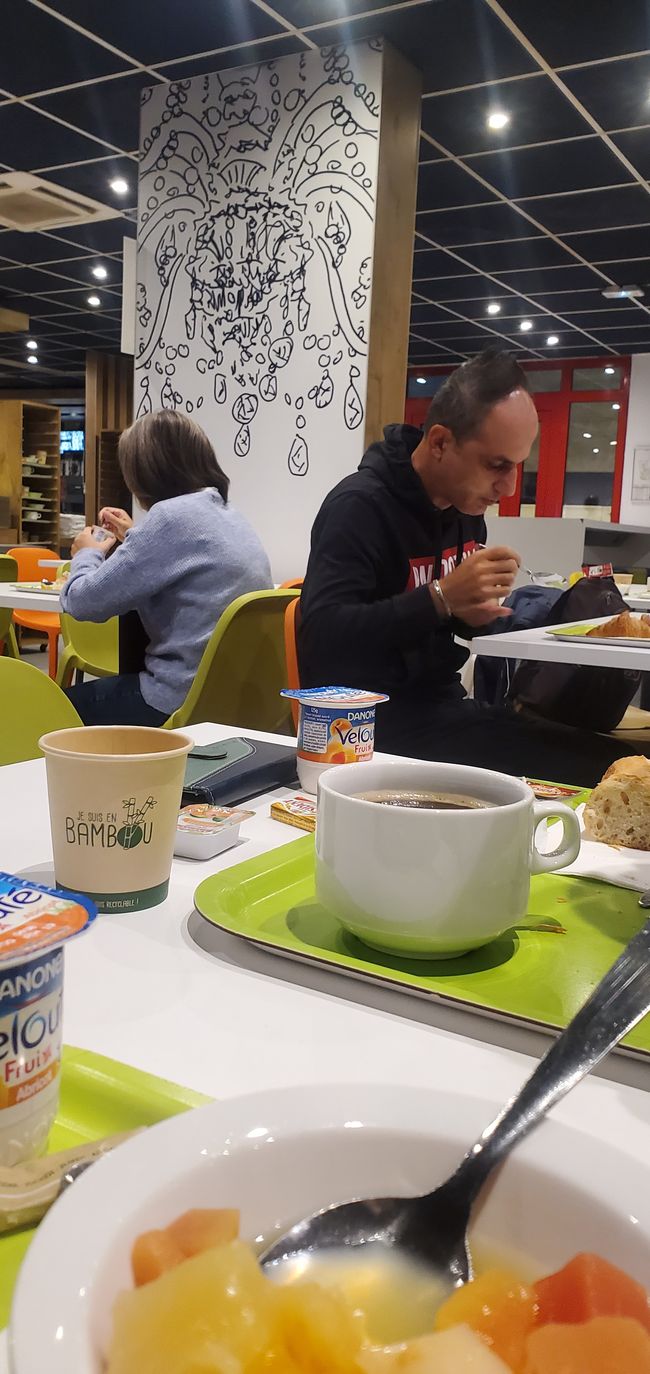 A way to hide your bald head
A way to hide your bald head
After breakfast the next morning, we wanted to take the easy 3km ride to the bus station, but we did not anticipate that the two elevators in the hotel (our room was on the 7th floor) would be permanently occupied in the morning from half past seven and there would be no room for transporting bikes. Time was running out. What was left to do? One bike had to be transported down through the emergency staircase - said and done, bags packed, and we set off. When we arrived at the bus station - according to the French interpretation of traffic rules - the driver of our bus to Amsterdam said he had no indication of bicycles being transported, but then took out the bike rack - 'that's no problem'.
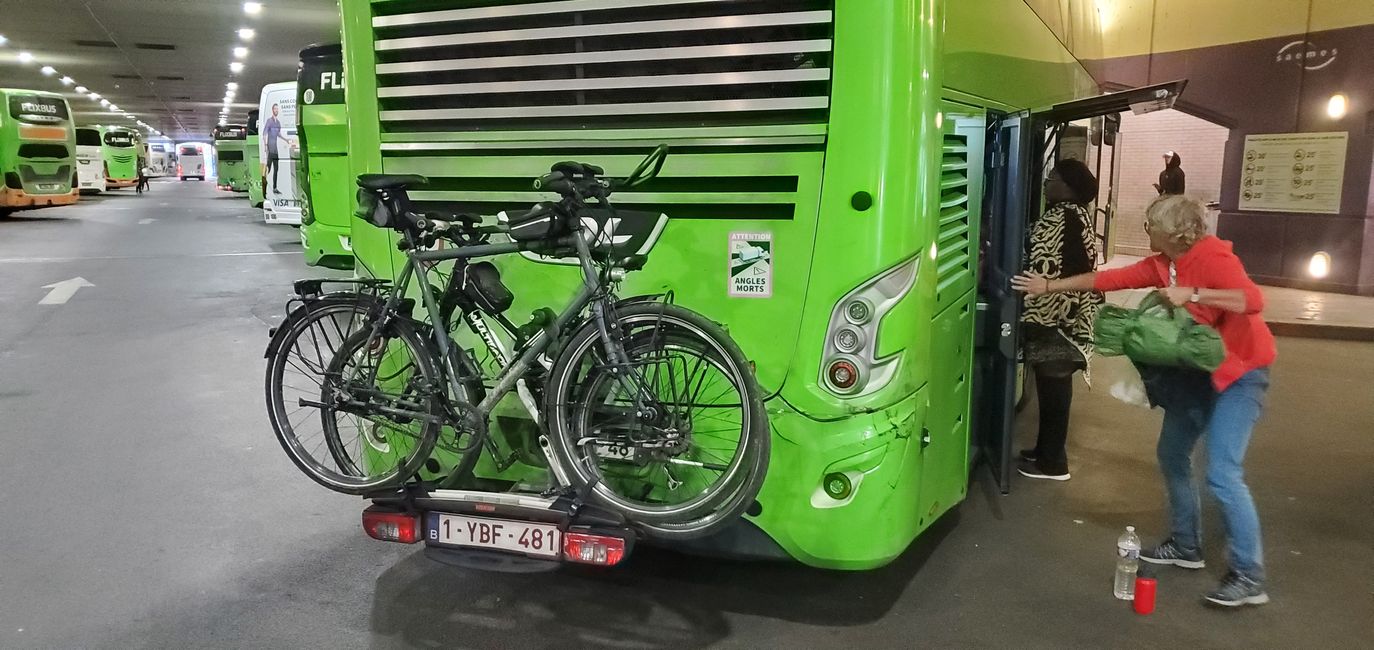
Even the Flixbus drivers are all-round geniuses: English, French, Spanish; in addition, they sell coffee or snacks, keep an eye on the safety of the passengers, as well as the wrinkled noses of women due to the spreading smells of the bus toilet, which the driver cleaned during a short stop with an apologetic explanation for the neglect of the previous driver - respect for these people!
After almost 8 hours of bus travel (including several breaks), we changed buses in Utrecht to the next Flixbus, which would take us to Isselburg.
From there, it is only a stone's throw of 15km home, which we then covered by bike.
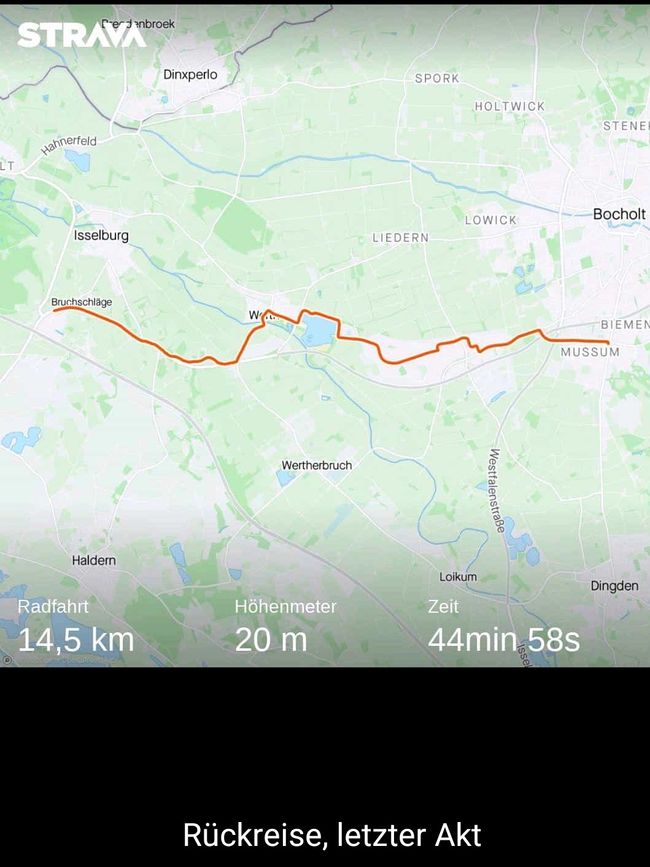
This marked the end of a long journey.
But is it really? Doesn't Our Lady of Lourdes continue to reside in our hearts, taking us by the hand as a mother: 'Son, behold your mother,' as Jesus gave us Mary as our mother. And is it not true that the water of Lourdes, like the water that flowed from Jesus' heart during His crucifixion, represents a source of salvation, as Mary had told Bernadette? Or, to speak with Pope Saint John Paul II: real changes do not occur in the control centers of the powerful, but take place in places of prayer.
اشترك في النشرة الإخبارية
إجابة
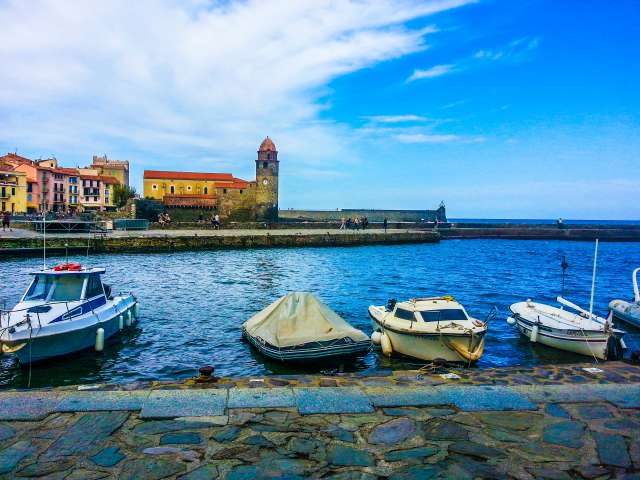
تقارير السفر فرنسا
